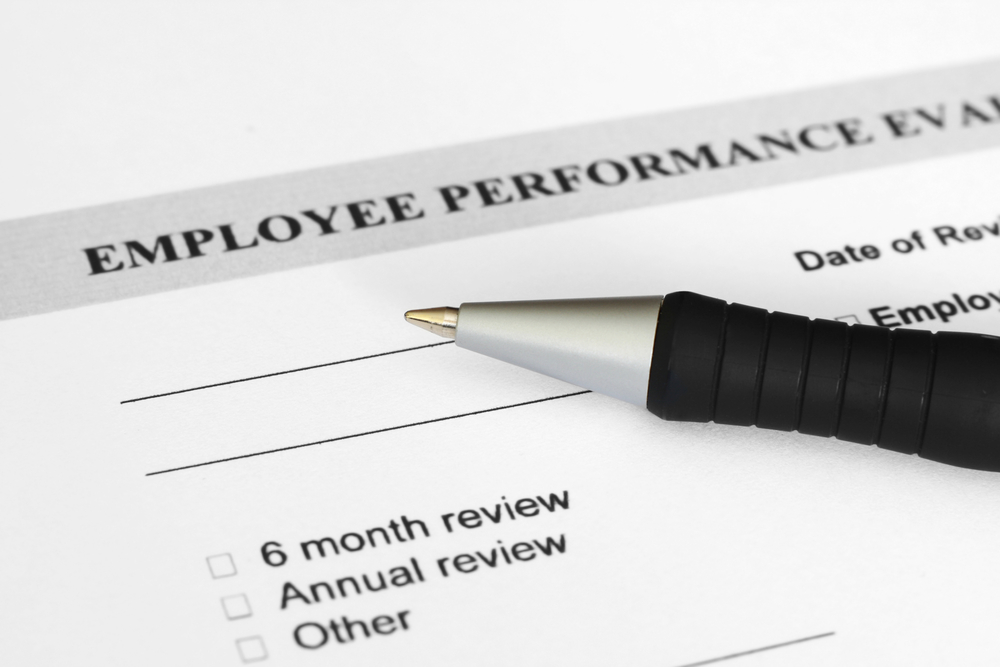Hurricane Helene made landfall in Florida—but the damage will be much more widespread
Hurricane Helene crashed ashore late Thursday night in the Florida Panhandle as one of the strongest hurricane landfalls in American history. Helene hit with sustained winds of up to 140 mph just south of Tallahassee. It was the first time such a strong hurricane made landfall in the Big Bend since detailed records began in 1851. In Tampa Bay, storm surge rose to the highest levels in at least 80 years, shunting more than six feet of saltwater into one of the most flood-prone coastal zones in the world. Large swaths of the Big Bend region of Florida’s coastline were under mandatory evacuation orders. For many people further inland, however, the agony is just beginning. More than four million households were without power as of Friday morning across the Southeast from Florida to Tennessee and Virginia. Torrential rain and gusty winds combined to down trees and powerlines, cutting off communities and making rescues more difficult. Tropical storm and hurricane warnings blanketed the entire states of Georgia and South Carolina, a rarity for a storm so far away. People toss buckets of water out of a home near Peachtree Creek after Hurricane Helene brought in heavy rains overnight in Atlanta, Georgia. [Photo: Megan Varner/Getty Images] And in many inland communities, the water will keep rising for days. Helene generated a conveyor belt of tropical moisture from record-warm Gulf of Mexico waters that slammed up against the southern Appalachian Mountains, producing record rainfall that poses disastrous consequences. “Catastrophic and life-threatening flash flooding from Helene is likely,” wrote the National Weather Service in a bulletin for the southern Appalachian region. “We plead with everyone . . . to take warnings seriously. We cannot stress the significance of this event enough.” As staggering as Helene’s coastal impact was, over the past decade in the United States, it’s inland freshwater flooding that has been far more deadly, accounting for about 60% of all hurricane-related fatalities since 2013. More than 300 miles north of where Helene made landfall, Atlanta is in the middle of its wettest three-day period in more than 100 years, with nearly 10 inches of rain so far. Rescue crews worked in boats overnight to free people trapped in rising floodwaters amid a flash flood emergency, the most severe level of inland flood warning issued by the National Weather Service. Even further inland, in Asheville, N.C., the 48-hour rainfall total of 13.15 inches surrounding Helene’s landfall is more than five inches above what is expected to recur once every 1,000 years, making September 2024 the wettest month in the city’s history by a wide margin. [Image: NOAA] The fingerprint of climate change, fueled by fossil fuel burning, is evident in several of the factors that are making Helene especially dangerous away from the coastline. In the hours before landfall, Helene rapidly intensified from a Category 1 to a Category 4 over exceptionally warm waters in the Gulf of Mexico, including the infamous Loop Current that helped Hurricane Katrina rapidly intensify in 2005 on its way to devastate New Orleans. Over the past 20 years, the number of hurricanes rapidly intensifying in the Atlantic has more than doubled. Helene’s rainfall totals are compounded by the fact that warmer air can hold more moisture than cooler air—about a 10% increase in rainfall can be directly attributed to the approximately 1.4 degrees Celsius of global warming that has already taken place. Helene is an unusually large hurricane, “at the upper bound of hurricanes in terms of storm size” according to the National Hurricane Center. Additionally, after moving quickly inland, Helene is expected to slow to a stall over the Ohio Valley, prolonging the rainfall for several more days. These factors will also work to increase the storm’s impact, but are less directly connected to climate change. Helene’s landfall continues an extraordinary streak of intense hurricane landfalls in the continental United States. Over the past eight years, Helene marks the eighth Category 4 or 5 hurricane landfall, as many as happened over the previous 57 years combined. This hurricane season is running slightly ahead of recent climate norms and continues the streak of highly active Atlantic hurricane seasons over the past decade. While inland flooding of this magnitude from hurricanes is still rare, Helene could be a sign of things to come for the Southeast. Similar events have taken communities years to recover from. In 2011, after Hurricane Irene swamped Vermont, the official federally funded recovery effort lasted two years. But farmland buried by the countless mudslides that storm brought could take a generation to be productive again. After Hurricane Florence dumped a month’s worth of rain in a few days on North Carolina in 2018, it took billions of dollars to get the state on its feet again. After enduring multiple f

Hurricane Helene crashed ashore late Thursday night in the Florida Panhandle as one of the strongest hurricane landfalls in American history.
Helene hit with sustained winds of up to 140 mph just south of Tallahassee. It was the first time such a strong hurricane made landfall in the Big Bend since detailed records began in 1851.
In Tampa Bay, storm surge rose to the highest levels in at least 80 years, shunting more than six feet of saltwater into one of the most flood-prone coastal zones in the world. Large swaths of the Big Bend region of Florida’s coastline were under mandatory evacuation orders.
For many people further inland, however, the agony is just beginning.
More than four million households were without power as of Friday morning across the Southeast from Florida to Tennessee and Virginia. Torrential rain and gusty winds combined to down trees and powerlines, cutting off communities and making rescues more difficult. Tropical storm and hurricane warnings blanketed the entire states of Georgia and South Carolina, a rarity for a storm so far away.

And in many inland communities, the water will keep rising for days.
Helene generated a conveyor belt of tropical moisture from record-warm Gulf of Mexico waters that slammed up against the southern Appalachian Mountains, producing record rainfall that poses disastrous consequences.
“Catastrophic and life-threatening flash flooding from Helene is likely,” wrote the National Weather Service in a bulletin for the southern Appalachian region. “We plead with everyone . . . to take warnings seriously. We cannot stress the significance of this event enough.”
As staggering as Helene’s coastal impact was, over the past decade in the United States, it’s inland freshwater flooding that has been far more deadly, accounting for about 60% of all hurricane-related fatalities since 2013.
More than 300 miles north of where Helene made landfall, Atlanta is in the middle of its wettest three-day period in more than 100 years, with nearly 10 inches of rain so far. Rescue crews worked in boats overnight to free people trapped in rising floodwaters amid a flash flood emergency, the most severe level of inland flood warning issued by the National Weather Service.
Even further inland, in Asheville, N.C., the 48-hour rainfall total of 13.15 inches surrounding Helene’s landfall is more than five inches above what is expected to recur once every 1,000 years, making September 2024 the wettest month in the city’s history by a wide margin.

The fingerprint of climate change, fueled by fossil fuel burning, is evident in several of the factors that are making Helene especially dangerous away from the coastline.
In the hours before landfall, Helene rapidly intensified from a Category 1 to a Category 4 over exceptionally warm waters in the Gulf of Mexico, including the infamous Loop Current that helped Hurricane Katrina rapidly intensify in 2005 on its way to devastate New Orleans. Over the past 20 years, the number of hurricanes rapidly intensifying in the Atlantic has more than doubled.
Helene’s rainfall totals are compounded by the fact that warmer air can hold more moisture than cooler air—about a 10% increase in rainfall can be directly attributed to the approximately 1.4 degrees Celsius of global warming that has already taken place.
Helene is an unusually large hurricane, “at the upper bound of hurricanes in terms of storm size” according to the National Hurricane Center. Additionally, after moving quickly inland, Helene is expected to slow to a stall over the Ohio Valley, prolonging the rainfall for several more days. These factors will also work to increase the storm’s impact, but are less directly connected to climate change.
Helene’s landfall continues an extraordinary streak of intense hurricane landfalls in the continental United States. Over the past eight years, Helene marks the eighth Category 4 or 5 hurricane landfall, as many as happened over the previous 57 years combined. This hurricane season is running slightly ahead of recent climate norms and continues the streak of highly active Atlantic hurricane seasons over the past decade.
While inland flooding of this magnitude from hurricanes is still rare, Helene could be a sign of things to come for the Southeast.
Similar events have taken communities years to recover from. In 2011, after Hurricane Irene swamped Vermont, the official federally funded recovery effort lasted two years. But farmland buried by the countless mudslides that storm brought could take a generation to be productive again. After Hurricane Florence dumped a month’s worth of rain in a few days on North Carolina in 2018, it took billions of dollars to get the state on its feet again. After enduring multiple flooding events, residents of the town of Fair Bluff completely demolished their downtown and relocated it to higher ground.
The problem is trickier in a rapidly urbanizing metro area like Atlanta, where underfunded stormwater infrastructure is compounded by the effects of heavier rainstorms, more parking lots, and fewer natural outlets for water to escape to.






















